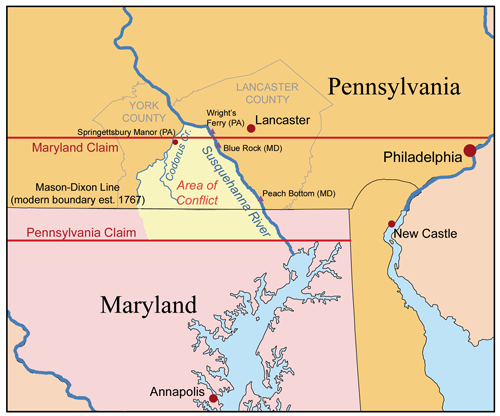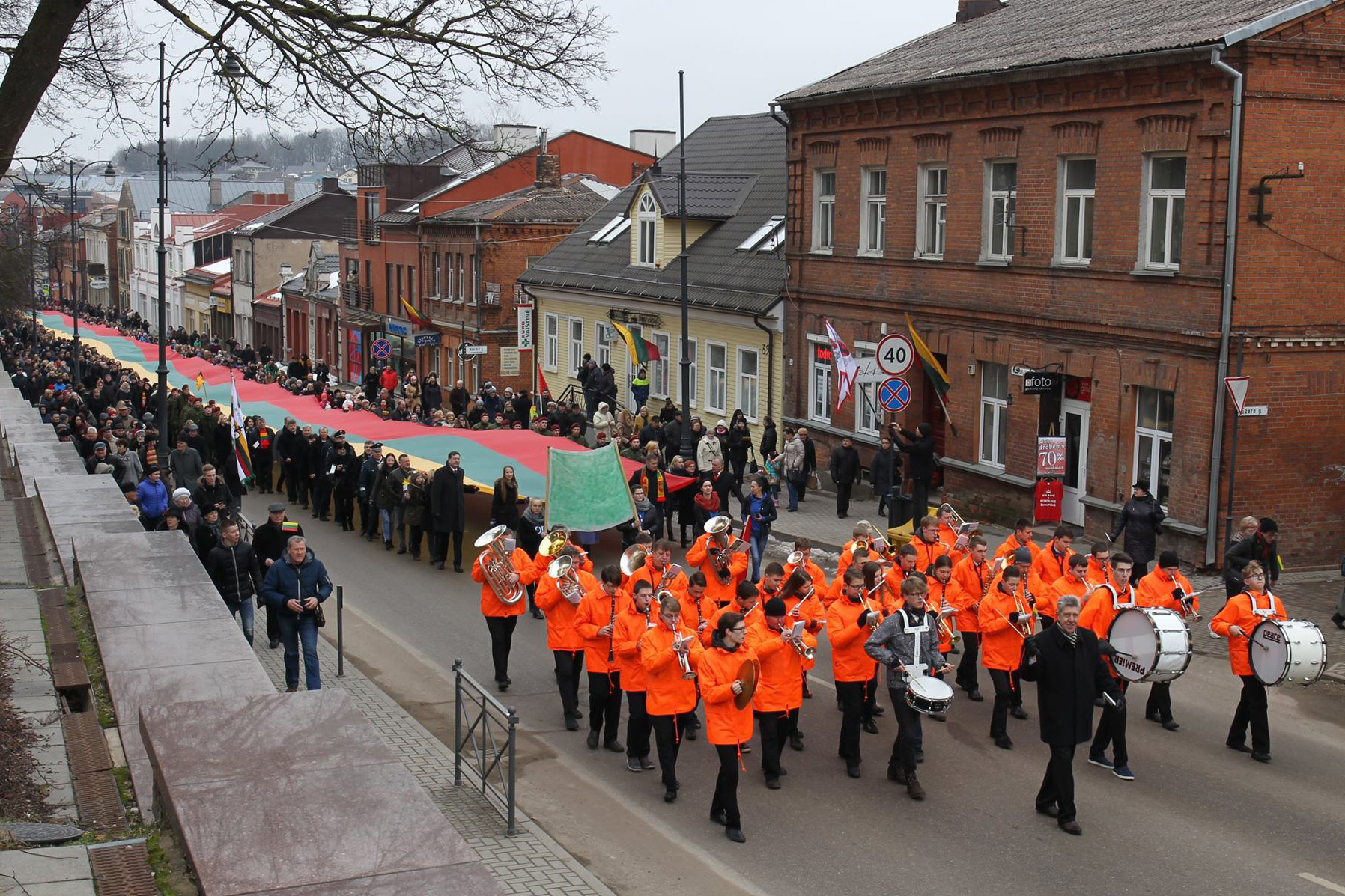|
Jan Stefan Giedroyć
Jan Stefan Giedroyć (born February 2, 1730, in Vilnius, died May 13, 1802, in Alsėdžiai) was the Bishop of Samogitia from March 30, 1778, and the Bishop of Inflanty and Piltyń from 1764. Biography His father was Benedykt Giedroyć, the Stolnik of Vilnius, and his mother was Zofia née Wołczak. In 1755, he became a member of the Vilnius Chapter. As a protégé of Vilnius Bishop Ignacy Jakub Massalski, he quickly advanced politically during the reign of King Stanisław August Poniatowski. In 1764, he became the Bishop of Inflanty. The following year, he was delegated to the Uniate Synod in Brest. As a King supporter he strongly condemned the Bar Confederation. He reported the Vilnius nobility's preparations for insurgency to the Russian army stationed near the city. However, during the Partition Sejm of 1773, he considered publicly defending the integrity of the Commonwealth. He is said to have declared, ''"If a martyr is needed, I shall be one."'' The king barely persuaded ... [...More Info...] [...Related Items...] OR: [Wikipedia] [Google] [Baidu] |
Yakov Bulgakov
Yakov Ivanovich Bulgakov (; 15 October 1743 – 7 July 1809) was a Russian diplomat best remembered as Catherine II's emissary in Constantinople in the 1780s. Bulgakov belonged to a noble parentage and attended the gymnasium of the newly founded Moscow University. His class fellows included Ippolit Bogdanovich, Denis Fonvizin, and Grigory Potemkin. Bulgakov was sent to notify Augustus III about the demise of Empress Elizabeth. A year later, he was dispatched to Vienna to inform Maria Theresa of Austria about the coup d'état that brought Catherine II to the throne. Together with his patron, Prince Nicholas Repnin, Bulgakov was active in Warsaw, where he served as a secretary at the Russian mission. After the Treaty of Küçük Kaynarca, he accompanied Repnin to Constantinople, where they persuaded the Sultan to acknowledge the independence of Crimea. In 1777 Repnin and Bulgakov proceeded to the Congress of Teschen, which concluded the War of the Bavarian Succession. F ... [...More Info...] [...Related Items...] OR: [Wikipedia] [Google] [Baidu] |
1802 Deaths
Events January–March * January 5 – Thomas Bruce, 7th Earl of Elgin, British ambassador to the Ottoman Empire, begins removal of the Elgin Marbles from the Parthenon in Athens, claiming they are at risk of destruction during the Ottoman occupation of Greece; the first shipment departs Piraeus on board Elgin's ship, the ''Mentor'', "with many boxes of moulds and sculptures", including three marble torsos from the Parthenon. * January 15 – Canonsburg Academy (modern-day Washington & Jefferson College) is chartered by the Pennsylvania General Assembly. * January 29 – The French Saint-Domingue expedition (40,000 troops) led by General Charles Leclerc (Bonaparte's brother-in-law) lands in Saint-Domingue (modern Haiti) in an attempt to restore colonial rule following the Haitian Revolution in which Toussaint Louverture (a black former slave) has proclaimed himself Governor-General for Life and established control over Hispaniola. * February 3 – Leclerc and the fir ... [...More Info...] [...Related Items...] OR: [Wikipedia] [Google] [Baidu] |
1730 Births
Events January–March * January 30 (January 19 O.S.) – At dawn, Emperor Peter II of Russia dies of smallpox, aged 14 in Moscow, on the eve of his projected marriage. * February 26 (February 15 O.S.) – Anna of Russia (Anna Ioannovna) becomes reigning Empress of Russia following the death of her cousin Emperor Peter II. * February 28 – Vitus Bering returns to the Russian capital of Saint Petersburg after completing the First Kamchatka expedition. * March 5 – The 1730 papal conclave to elect a new Pope for the Roman Catholic church begins with 30 Cardinals, 12 days after the death of Pope Benedict XIII. By the time his successor is elected on July 12, there are 56 Cardinals. * March 9 – General Nader Khan of Persia opens the first campaign of the Ottoman–Persian War (1730–1735), guiding the Persian Army from Shiraz and starting the Western Persia Campaign against the Ottoman Empire. * March 12 – John Glas is deposed from ... [...More Info...] [...Related Items...] OR: [Wikipedia] [Google] [Baidu] |
Order Of Saint Stanislaus
The Order of Saint Stanislaus (, ), also spelled Stanislas, was a Polish order of knighthood founded in 1765 by King Stanisław August Poniatowski of the Polish–Lithuanian Commonwealth. It remained under the Congress Poland, Kingdom of Poland between 1765 and 1831. In 1831 it was incorporated under the Russian Empire until the Russian Revolution (1917). Today, there are two recognised orders that claim descent from the original Order of Saint Stanislaus: the Russian dynastic order of knighthood, dynastic Order of Saint Stanislaus (House of Romanov), Order of Saint Stanislaus, awarded by the head of the House of Romanov as former sovereigns of the Russian Empire, and the Polish Order of Polonia Restituta, a governmental order of merit awarded by the President of Poland and considered by some as a type of successor. History Polish–Lithuanian Commonwealth Stanisław August Poniatowski, King of Poland, established the ''Order of the Knights of Stanislaus of Szczepanów, Sai ... [...More Info...] [...Related Items...] OR: [Wikipedia] [Google] [Baidu] |
Order Of The White Eagle (Poland)
The Order of the White Eagle () is the highest honour of the Poland, Republic of Poland and formerly the Second Polish Republic and the Polish–Lithuanian Commonwealth and one of the oldest state decorations in the world still in use. It was officially instituted on 1 November 1705 by Augustus II the Strong, King of Poland and Elector of Saxony, and bestowed on eight of his closest diplomatic and political supporters. It has since been awarded to the most distinguished Polish people, Poles for their merits and occasionally to the heads of state of foreign countries. The Order of the White Eagle is attached to an azure sash slung over the left shoulder to the right side. The star of the Order, formerly embroidered, is worn on the left side of the chest. Unlike other Polish high decorations, the Order of the White Eagle does not have different classes or crosses. History The badge of the Order of the White Eagle was originally a red vitreous enamel, enamel oval gold medal wit ... [...More Info...] [...Related Items...] OR: [Wikipedia] [Google] [Baidu] |
Telšiai
Telšiai (; Samogitian language, Samogitian: ''Telšē'') is a city in Lithuania with about 21,499 inhabitants. It is the capital of Telšiai County and Samogitia region, and it is located on the shores of Lake Mastis. Telšiai is one of the oldest cities in Lithuania, probably dating earlier than the 14th century. Between the 15th and 20th centuries, Telšiai became a district capital. Until 1795, Telšiai County formed the Duchy of Samogitia within the Grand Duchy of Lithuania. Between 1795 and 1802 it was included in the Vilnius Governorate. In 1873, Telšiai was transferred to the Kovno Governorate. Names The name Telšiai is a variant of the same Lithuanian language root (''-telš-'', ''-tilž-'') as Tilžė or Talsi with the meaning connected to water. The name Telšiai or Telšē in Samogitian dialect of Lithuanian is derived from a verb ''telkšoti'' (literally, ''to be flooded with water'', ''to splash'', etc.). It is a cognate to the Greek thalassa - ''sea'', compare ... [...More Info...] [...Related Items...] OR: [Wikipedia] [Google] [Baidu] |
Józef Arnolf Giedroyć
Józef is a Polish variant of the masculine given name Joseph. Art * Józef Chełmoński (1849-1914), Polish painter * Józef Gosławski (1908-1963), Polish sculptor Clergy * Józef Glemp (1929-2013), Polish cardinal * Józef Kowalski (1911-1942), Polish priest * Józef Milik Józef Tadeusz Milik (Seroczyn, Poland, 24 March 1922 – Paris, 6 January 2006) was a Polish biblical scholar and a Catholic priest, researcher of the Dead Sea Scrolls (DSS) through the deserts of Judea/Jordan, and translator and editor of the ... (1922-2006), Polish priest and biblical scholar * Józef Tischner (1931-2000), Polish priest * Józef Andrzej Załuski (1702-1774), Polish priest and Bishop of Kyiv (Roman Catholic), Bishop of Kyiv * Józef Życiński (1948-2011), Polish archbishop Literature * Józef Maksymilian Ossoliński (1748-1826), Polish novelist and poet * Józef Wybicki (1747-1822), Polish poet Military * Józef Bem (1794-1850), Polish general and engineer * Józef ... [...More Info...] [...Related Items...] OR: [Wikipedia] [Google] [Baidu] |



